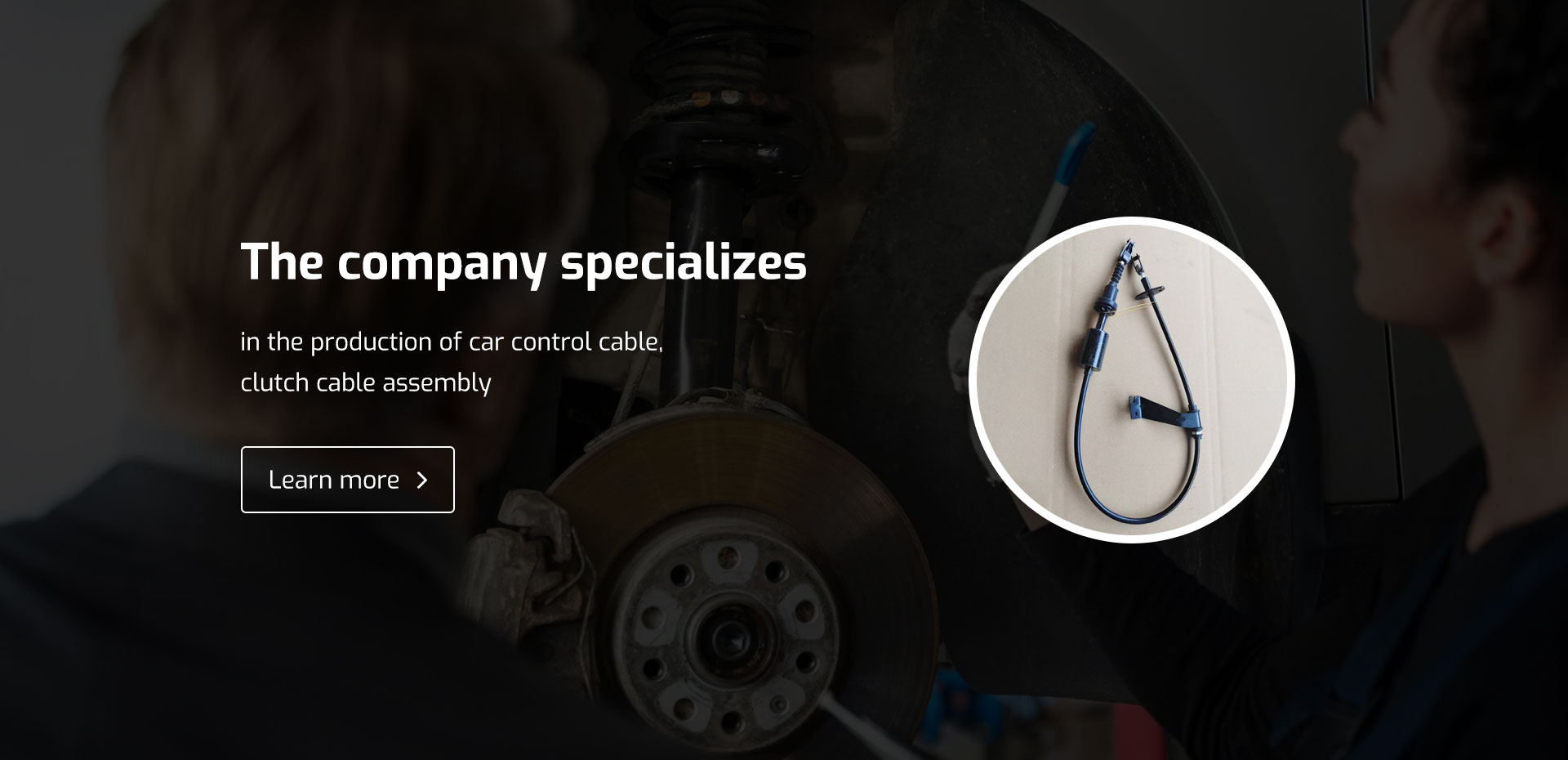Understanding the Functions and Mechanics of Accelerator Pedal Cables in Vehicles
Understanding the Accelerator Pedal Cable A Key Component of Vehicle Performance
The accelerator pedal cable, often referred to simply as the throttle cable, is a vital component in the operation of a vehicle's engine performance. This essential part links the accelerator pedal to the engine, enabling the driver to control the speed of the vehicle by adjusting the amount of air and fuel mixture that enters the engine. Understanding the accelerator pedal cable’s function and maintenance is crucial for both vehicle performance and safety.
At its core, the accelerator pedal cable is made of a durable material designed to withstand wear and tear
. It typically consists of a flexible cable housed within a protective sheath, ensuring smooth movement without damage from rough driving conditions. When a driver presses the accelerator pedal, the cable pulls on a lever at the throttle body, allowing more air and fuel into the engine and consequently increasing the vehicle's speed.One of the primary advantages of traditional mechanical throttle cables is their direct response time. When the driver presses the pedal, the cable transmits that action almost instantly to the engine, providing a more engaging driving experience. This is particularly important for performance vehicles where driver control and responsiveness are paramount.
accelerator pedal cable

However, modern vehicles increasingly employ electronic throttle control systems, which eliminate the need for a physical cable. Instead, these systems use sensors to detect the accelerator pedal position and send electronic signals to the engine control unit (ECU). While this method offers enhanced fuel efficiency and reduced emissions, many driving enthusiasts still appreciate the tactile feedback provided by the classic accelerator pedal cable.
Over time, accelerator pedal cables can suffer from wear, leading to issues such as a sticky or unresponsive accelerator. Drivers may notice a delay in acceleration or a lack of smoothness when pressing the pedal. Regular maintenance is essential to ensure optimal performance. This can include checking for fraying, ensuring proper lubrication, and replacing the cable if necessary. Keeping the cable in good condition is not just about performance; it’s also about safety. A malfunctioning accelerator can lead to dangerous situations on the road.
In conclusion, the accelerator pedal cable, though often overlooked, plays a critical role in vehicle dynamics. Its ability to translate driver input into engine response underlines its importance in everyday driving and performance situations. Whether in conventional or modern vehicles, understanding and maintaining this component can enhance both the driving experience and safety, ensuring that the vehicle responds exactly as the driver intends. As technology continues to advance, the future may see further innovations in throttle systems, but the fundamental need for a reliable and responsive connection between driver action and engine performance remains unchanged.
-
Upgrade Your Vehicle with High-Quality Handbrake CablesNewsNov.01,2024
-
Optimize Your Bike's Performance with Quality CablesNewsNov.01,2024
-
Enhance Your Vehicle's Performance with Quality Clutch ComponentsNewsNov.01,2024
-
Elevate Your Vehicle's Performance with Quality Throttle CablesNewsNov.01,2024
-
Elevate Your Vehicle's Performance with Quality CablesNewsNov.01,2024
-
Affordable Solutions for Your Cable NeedsNewsNov.01,2024
